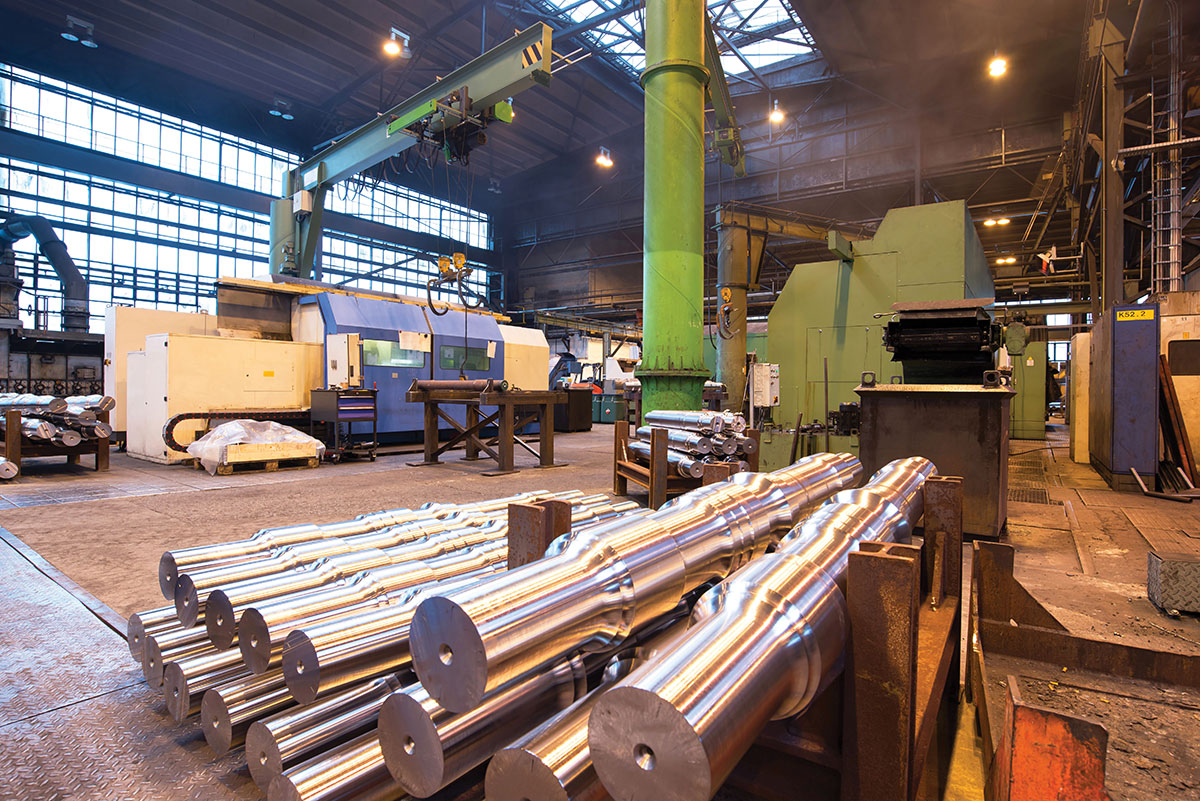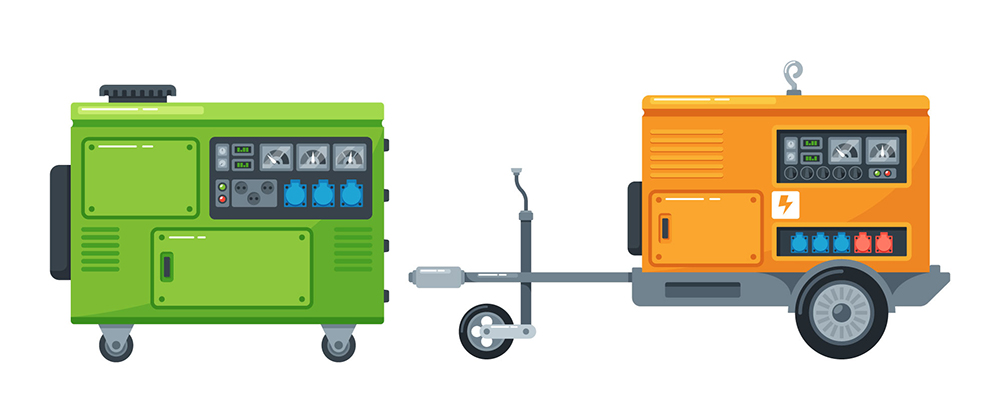Alternative electric sources have been around for a long time. I have a sister-in-law who lives on the side of a mountain near Rutland, Vermont. She built her house about the time of the first energy crunch in the mid-seventies. She and her husband decided not to connect to the local electric utility. For over thirty years, they have generated all of their electricity for their house and businesses (production of maple syrup and engineering consulting) from solar panels on the roof of their house and a small windmill located several thousand feet from their house. So why don’t more people do it? When I ask people this question, they usually answer, “It’s not economical.”
When I ask them, “How do you know that?” They usually answer, “If it were economical, everyone would do it.” So when is it economical? If the manufacturers of solar panels guaranteed that their panels would pay for themselves in four years, I think we would soon see most of our roofs covered with solar panels. At this point, however, solar panels manufacturers can’t make that guarantee because there are a lot of factors that affect the economics. Some of these factors will reveal themselves as I crank through two examples of the economics associated with alternative energy sources.
Economics
Many factors affect the economics of a particular system. These factors include but are not limited to the climate, the cost of fuel over the life of the system, the cost of the alternative energy systems, the loads and lifestyle of the homeowner, available tax credits and loan interest rates. Many assumptions have been made in the following examples. The assumptions made in the following examples may be very different from those that affect a system for your house in your area. Before you purchase a system, I strongly recommend that you work out the economics of the system you are considering. Some states have tax credits for installation of alternative energy systems. Some systems that might not normally be economical may become economical with these tax credits. Back in the mid-seventies, the Federal Government had a 40 percent tax credit and the state of Delaware had a 20 percent tax credit for the installation of alternative energy sources. Why don’t we have credits like these today?
Gasoline Powered System
Let’s consider the economics of purchasing a stand-alone gasoline-powered generator system to supply all the electric needs for a house for five years. This system would replace the normal utility source. I have chosen a five-year period because I am assuming the life of the generator operating continuously is five years. Let’s assume that the house uses 12,000 kWh of electric energy each year and the maximum demand is 15 kW. The maximum demand is the maximum load that might be on at any time. For this house, the 15 kW maximum demand comes from the assumption that the following appliances could possibly be on at the same time: the air conditioner (6 kW), hot water heater (2.5 kW), oven, one small burner and one large burner of the stove (total 5 kW), TV, clothes washer, some lights and the refrigerator (total 1.5 kW). To be able to operate all these appliances at the same time, we will have to purchase a 15 kW generator. Let’s assume the installed cost of the generator and fuel tank is $20,000. If we obtain a five-year loan from a bank for the $20,000 at 7.5% APR, the monthly payments would be $400. The total expense with interest over the five years will be $24,000.
We assume the insurance on the generator is $380 per year. The generator will run all the time except during maintenance every six months. We will assume the maintenance on the generator will be $5000 over the five years. The generator uses 1 gallon per hour at no load and 2.5 gallons per hour at full load. We estimate that the generator will average about 1.4 gallons per hour or 12,264 gallons per year. If the average cost of gasoline over the five-year period is $3.00 per gallon, the total fuel expense is $183,960.
The total cost is $219,660 over the five-year period (loan plus insurance plus maintenance plus fuel). The generator would have generated 60,000 kWh. The cost of generation would be $219,660 / 60,000 kWh = $3.66 per kWh. If we purchase the energy from the utility, it would cost us about 15 cents per kWh. Obviously, the purchase of this generator is not economical.
Gasoline Hybrid System
Several things killed the project above. The first one was the cost of gasoline. The second one was the size of the generator. The average load for the year was only 1.37 kW but in order to supply electricity at all times, we had to purchase a 15 kW generator. Most of the time, we were not utilizing the capacity of the generator. If we installed a 3 kW generator with deep-cycle batteries to store power for times when the demand exceeds 3 kW and an inverter to convert the low voltage dc power to 120 and 240-volt ac, the economics can be greatly improved. Hybrid cars use the same design. The engines in the hybrid cars are sized a little bit larger than the average power, not the peak power. When the power needs of the car are less than the capacity of the engine/generator, like when the car is not moving, the engine charges the batteries. When the car needs more power than the engine can produce, the batteries assist the engine. The hybrid system costs more up front but the average gasoline consumption drops to 0.5 gallons per hour or 4,380 gallons per year. At $3.00 per gallon, the fuel cost is now only $65,700 over the five years. The energycost is now $101,400 / 60,000 kWh = $1.69 per kWh. It’s getting better, but the cost is still over ten times the utility cost.
Disadvantage of the Hybrid System
When the generator is sized for the peak load, there is always capacity to meet the customer’s needs as long as we do not exceed the peak load for which the system was designed. If we install a hybrid system, there may be times when the system does not have enough capacity to meet the customer’s needs. For example, if we assumed in our design the air conditioner would never be on more than half the time, and an abnormal extended heat spell hits the area and the air conditioner has to stay on more than half the time to keep the house cool, the system may run out of stored capacity.
Solar Powered System
Let’s consider the economics of purchasing a solar powered system to supply all the electric needs for a house for twenty years. Let’s consider a solar voltaic array (solar cells) in combination with deep cycle batteries and an inverter to convert the low voltage dc to 120 and 240-volt ac. In the solar powered system, the solar cells charge up the batteries during daylight hours. The batteries supply the power any time the house uses power. The upfront cost of this system is a lot more than the gasoline generator system but there is no fuel cost. We will consider the economics of this system over a twenty-year period since the life of solar cells is twenty years. To supply the 12,000 kWh of energy each year in a particular solar climate, we will assume we will need 1000 square feet of solar panels. This determination is one best made with the help of the solar panel manufacturer. The cost of the panels is $100,000. We will need forty deep-cycle batteries at a cost of $6,000. During the twenty years, the batteries will have to be replaced every five years. Total battery cost $24,000. The 15 kW inverter will cost about $10,000. If we finance the cost of the panels, batteries and inverter, the monthly payments on a $134,000 loan at 7.14% APR will be about $1,050. Note that you end up paying a little over $252,000 over the life of the loan. Insurance will cost about $2280 per year. We will assume the maintenance cost to be $10,000 over the twenty years. Total cost for the system over the twenty years would be $307,600. The energy cost would be $307,600 / 240,000 kWh = $1.28 per kWh. The cost is cheaper than the gasoline hybrid system but the cost is still almost nine times the present electric utility rates.
Parallel Systems
In part two, I will get into alternative energy systems that operate in parallel with the electric utility source. In these systems, the goal of the alternative energy source is to reduce the electric bills. Unlike the stand-alone systems described above, the parallel systems can be much more economical.














Find Us on Socials